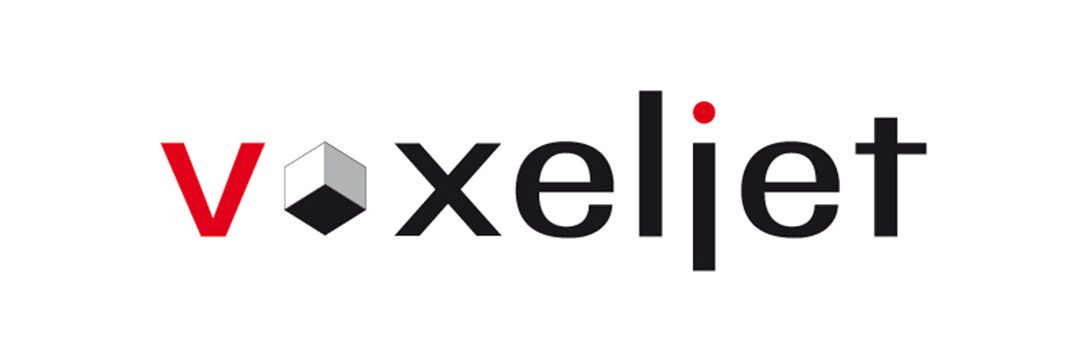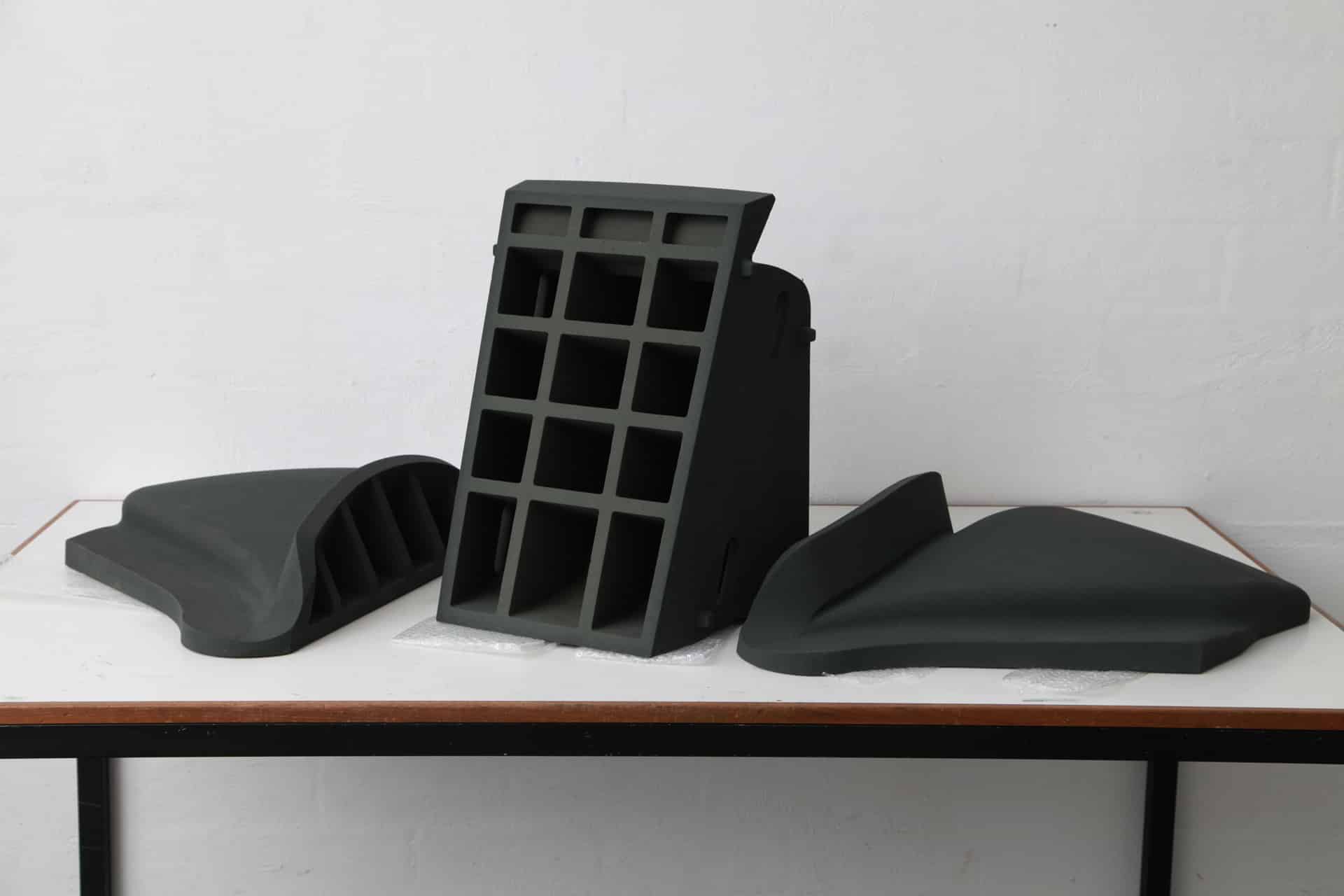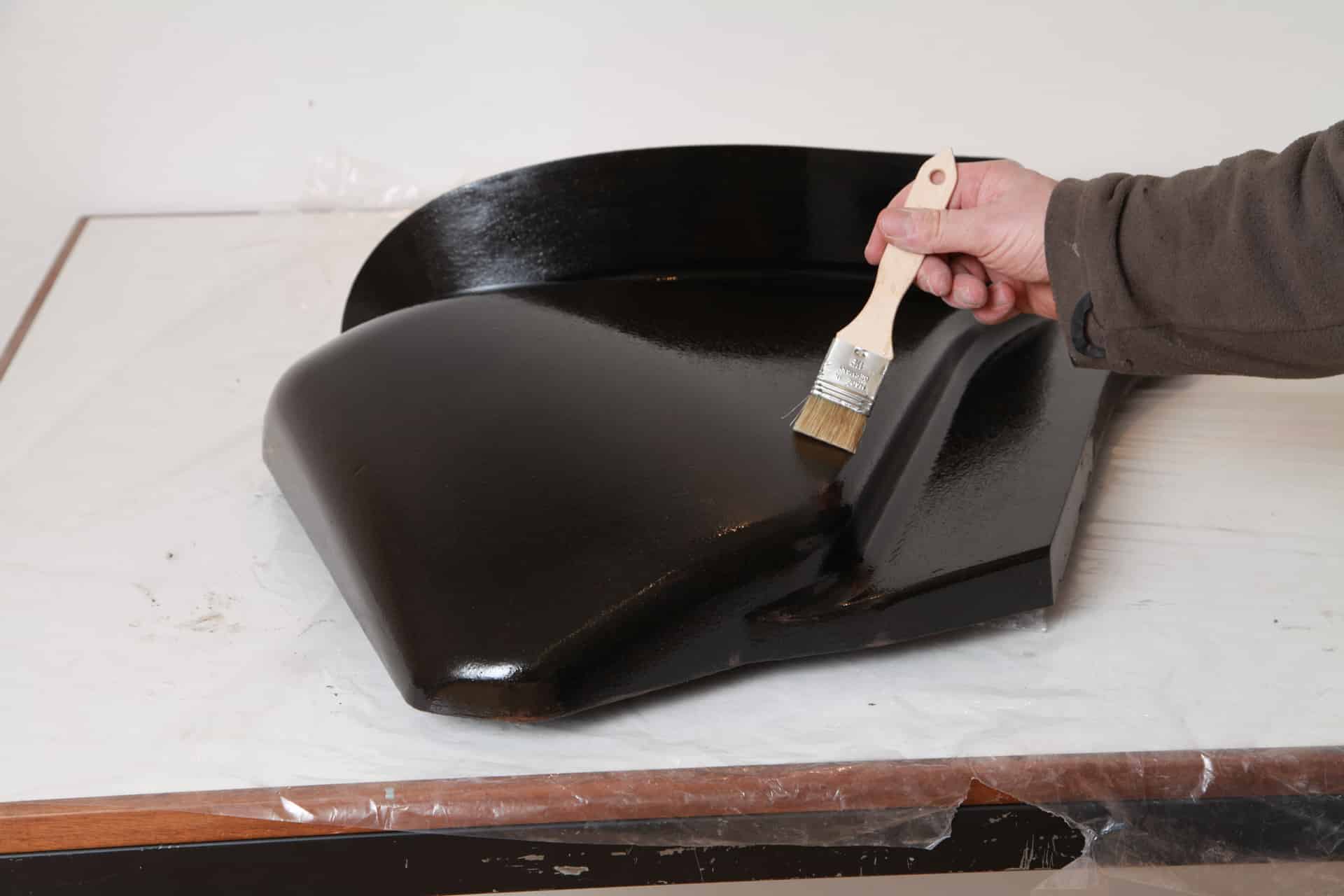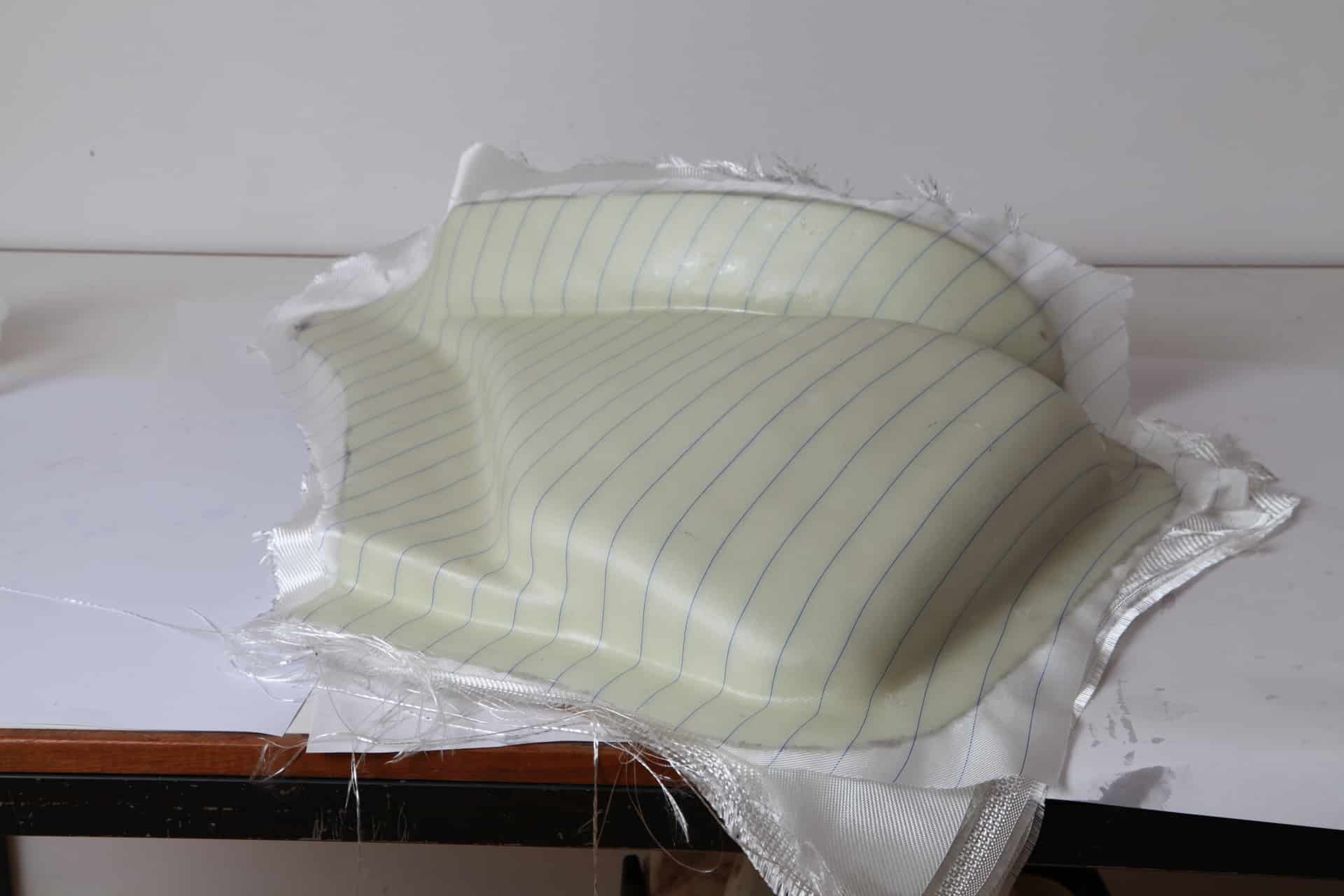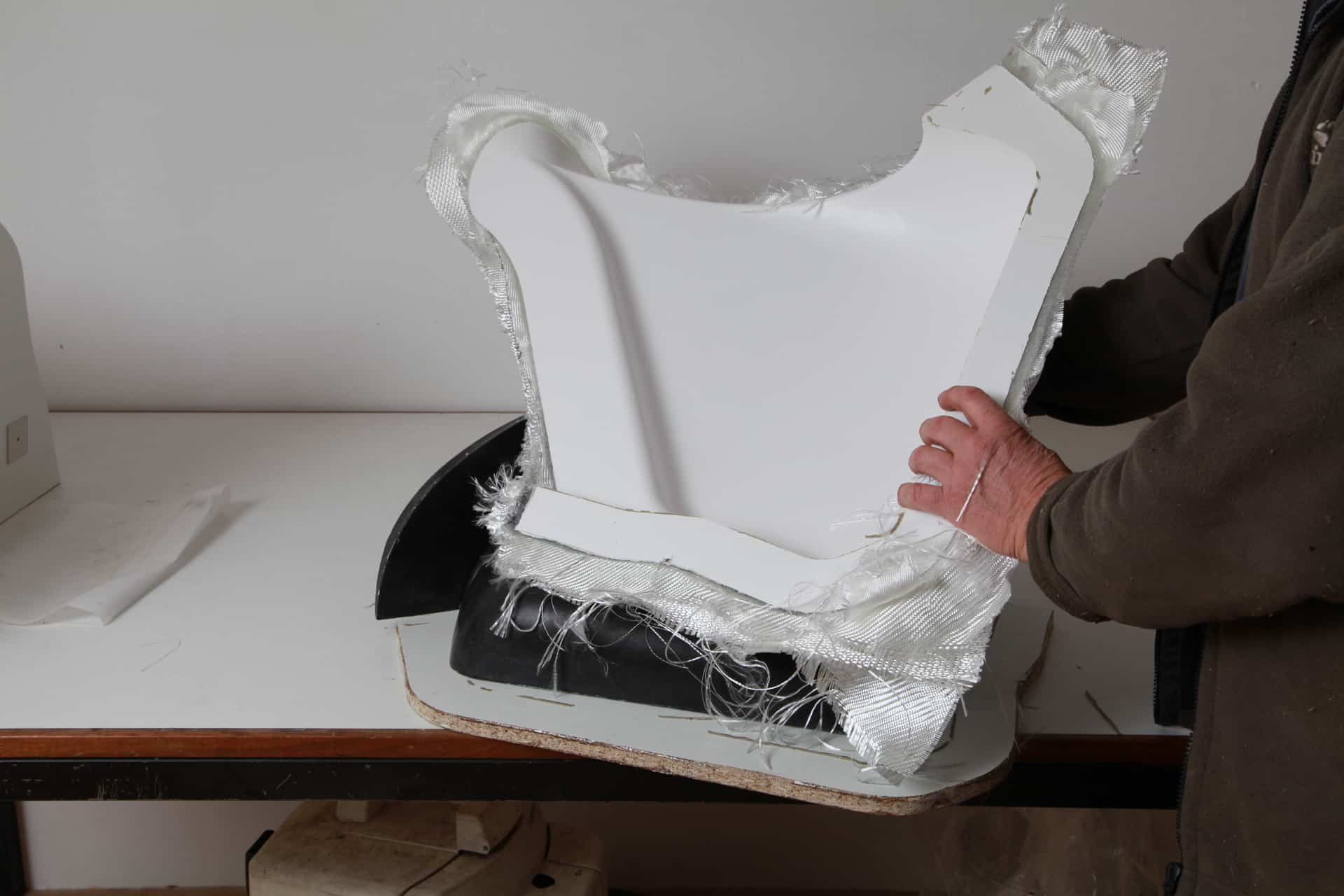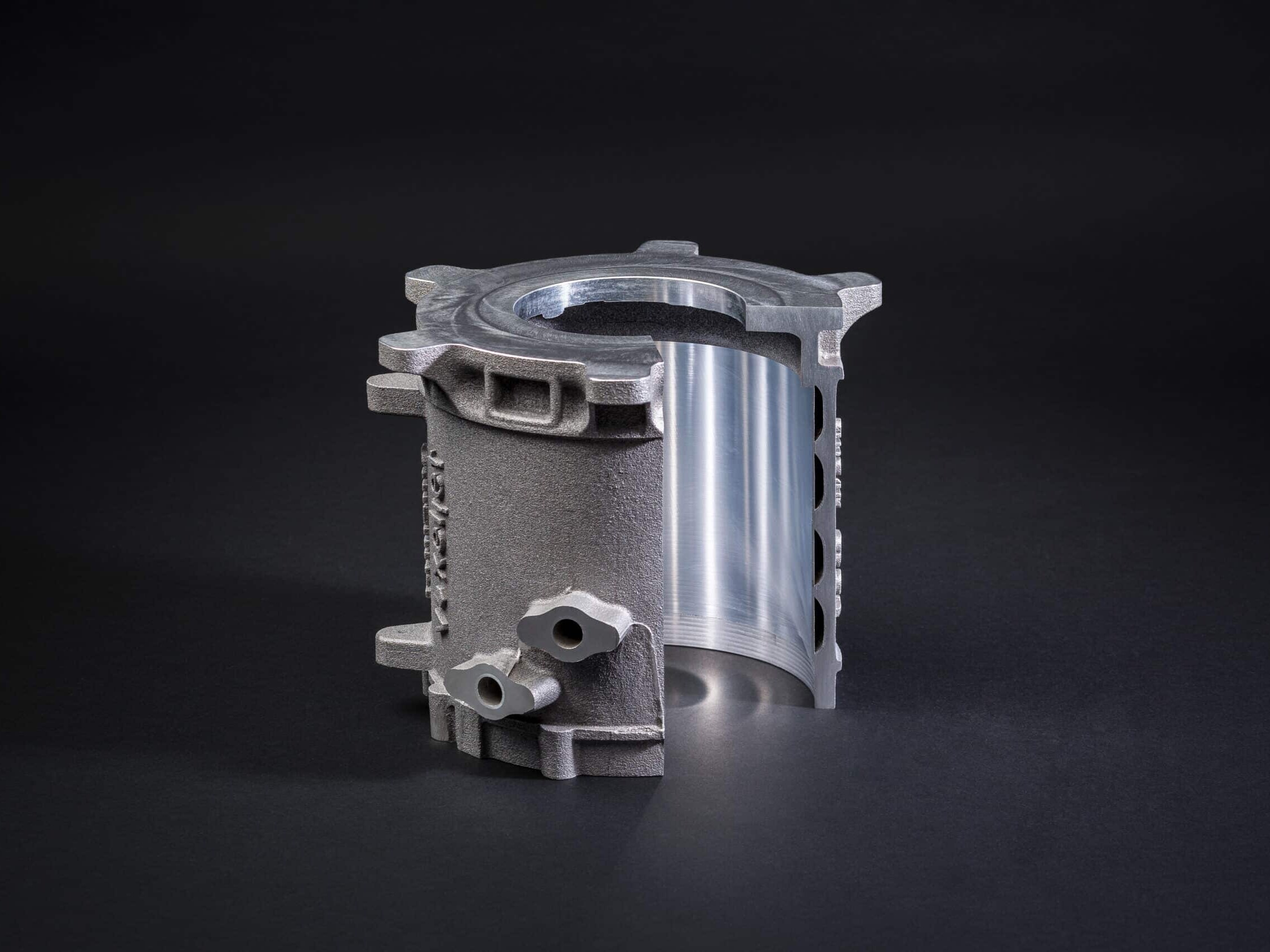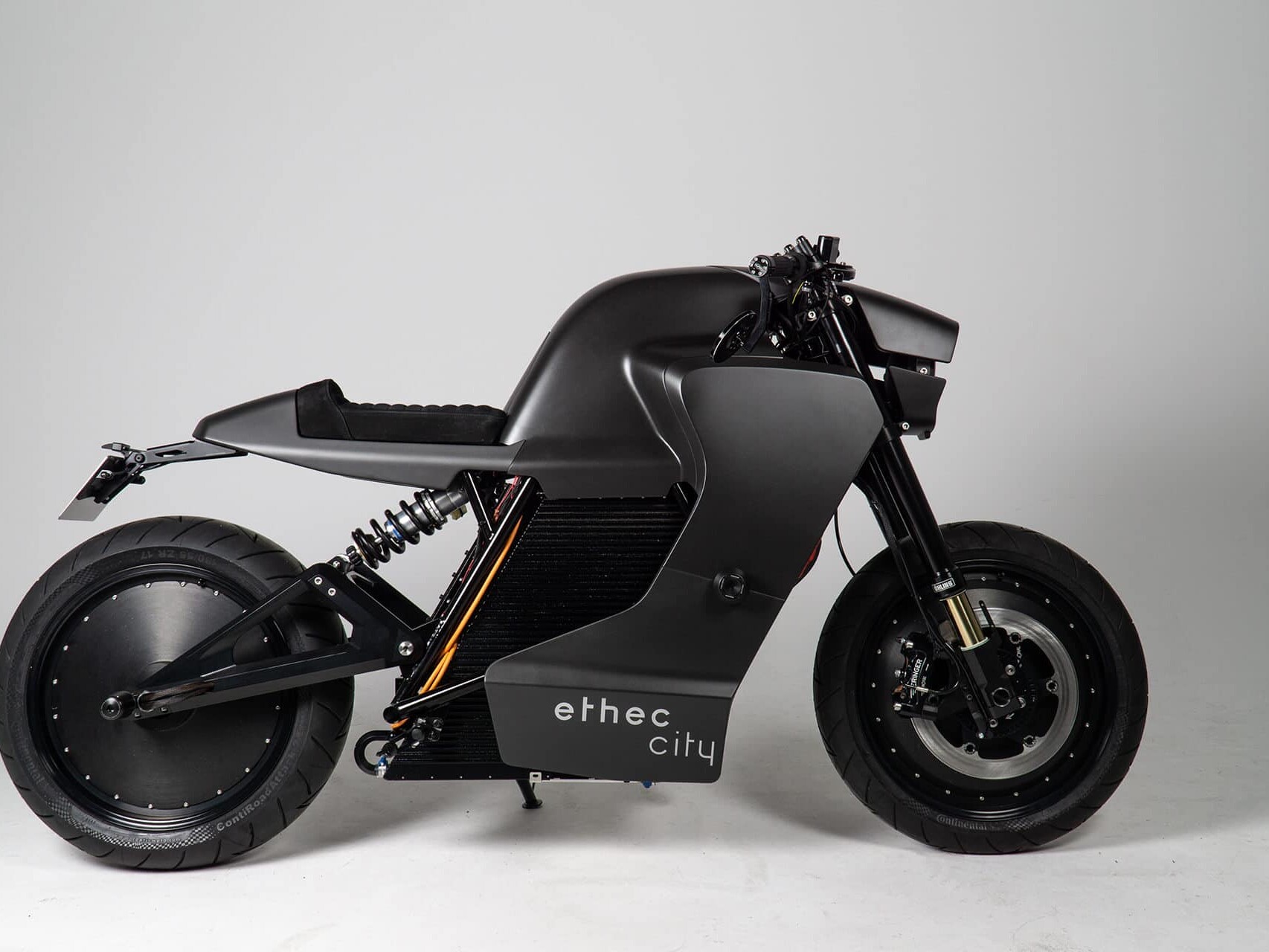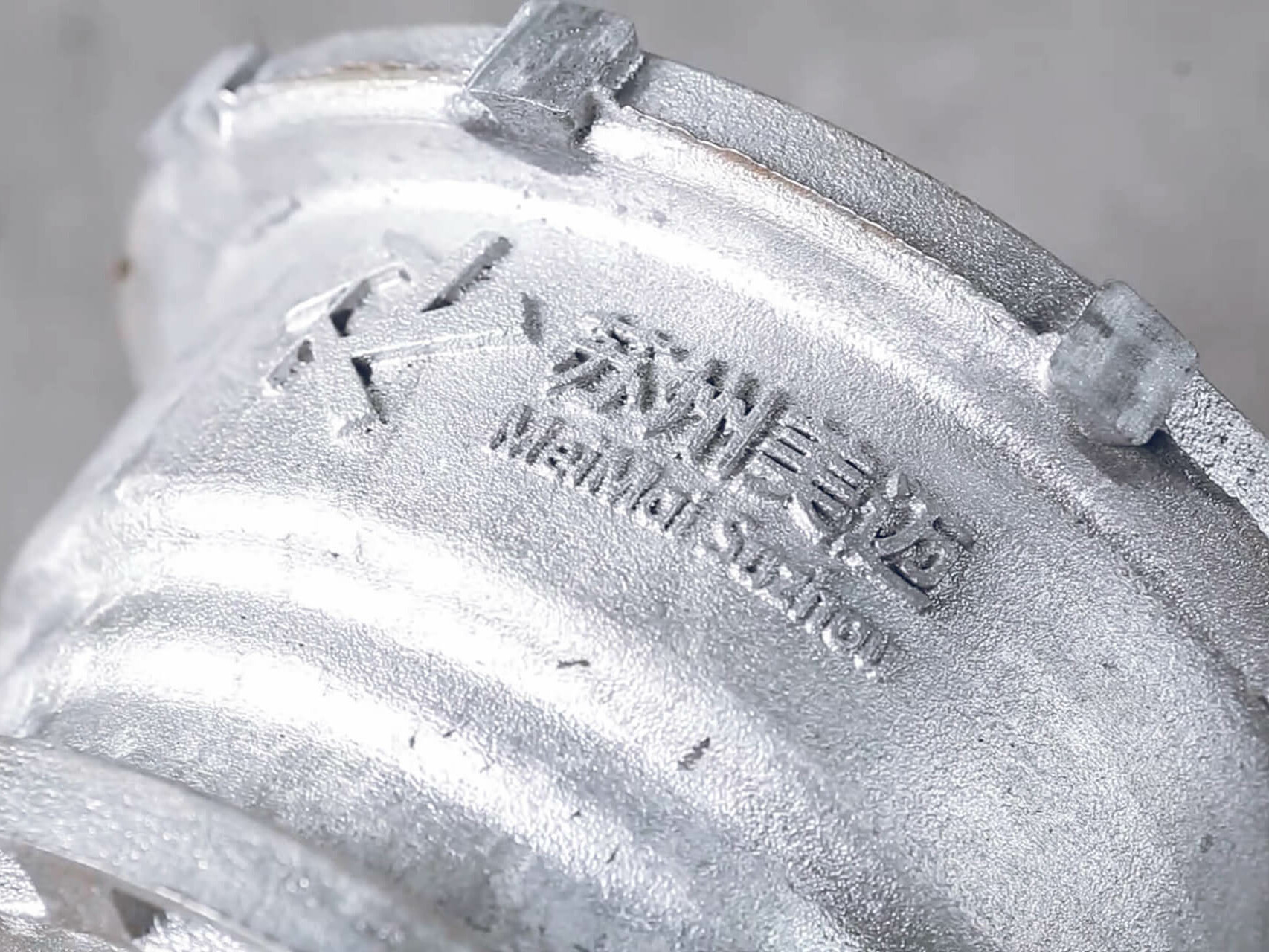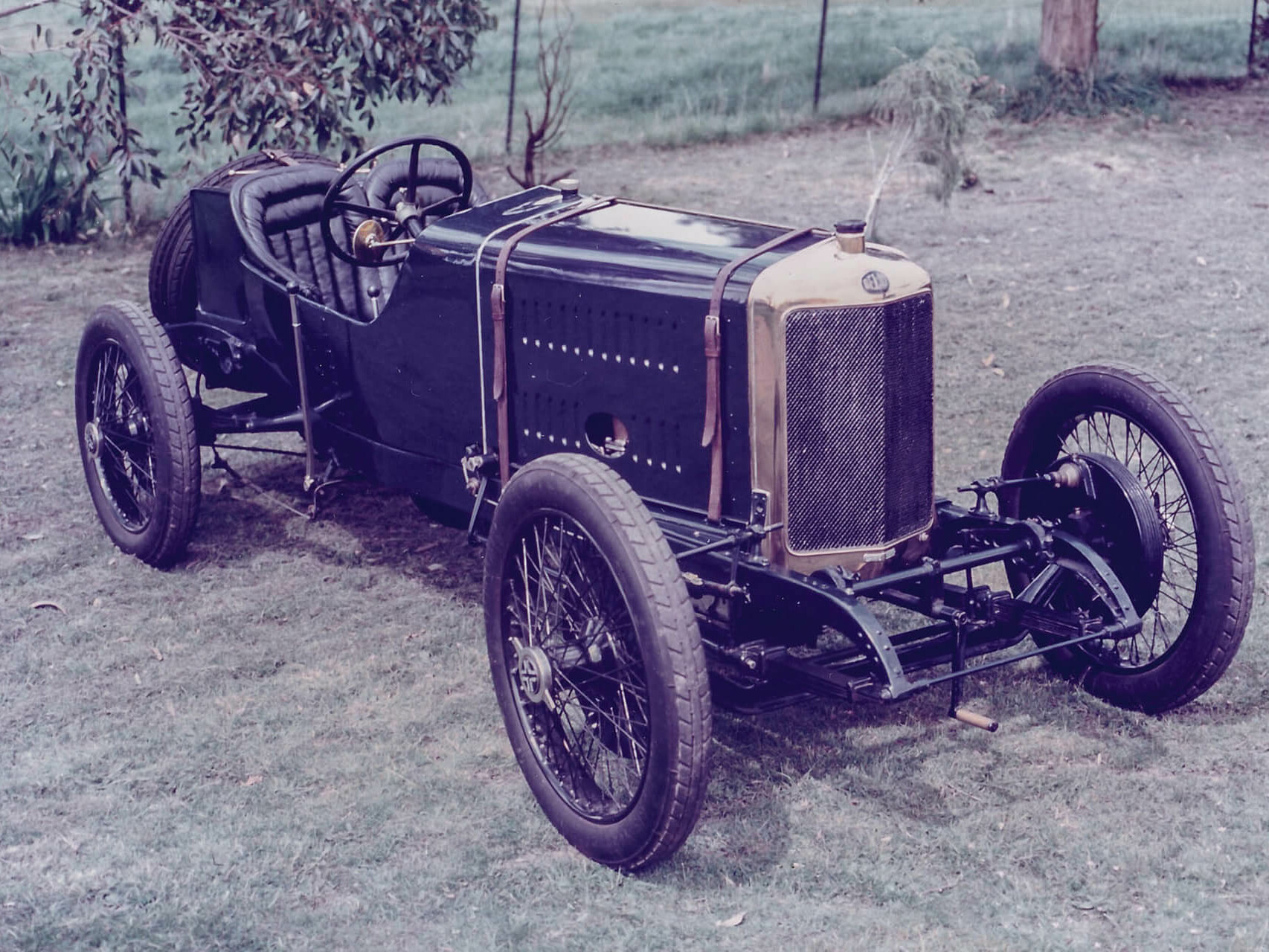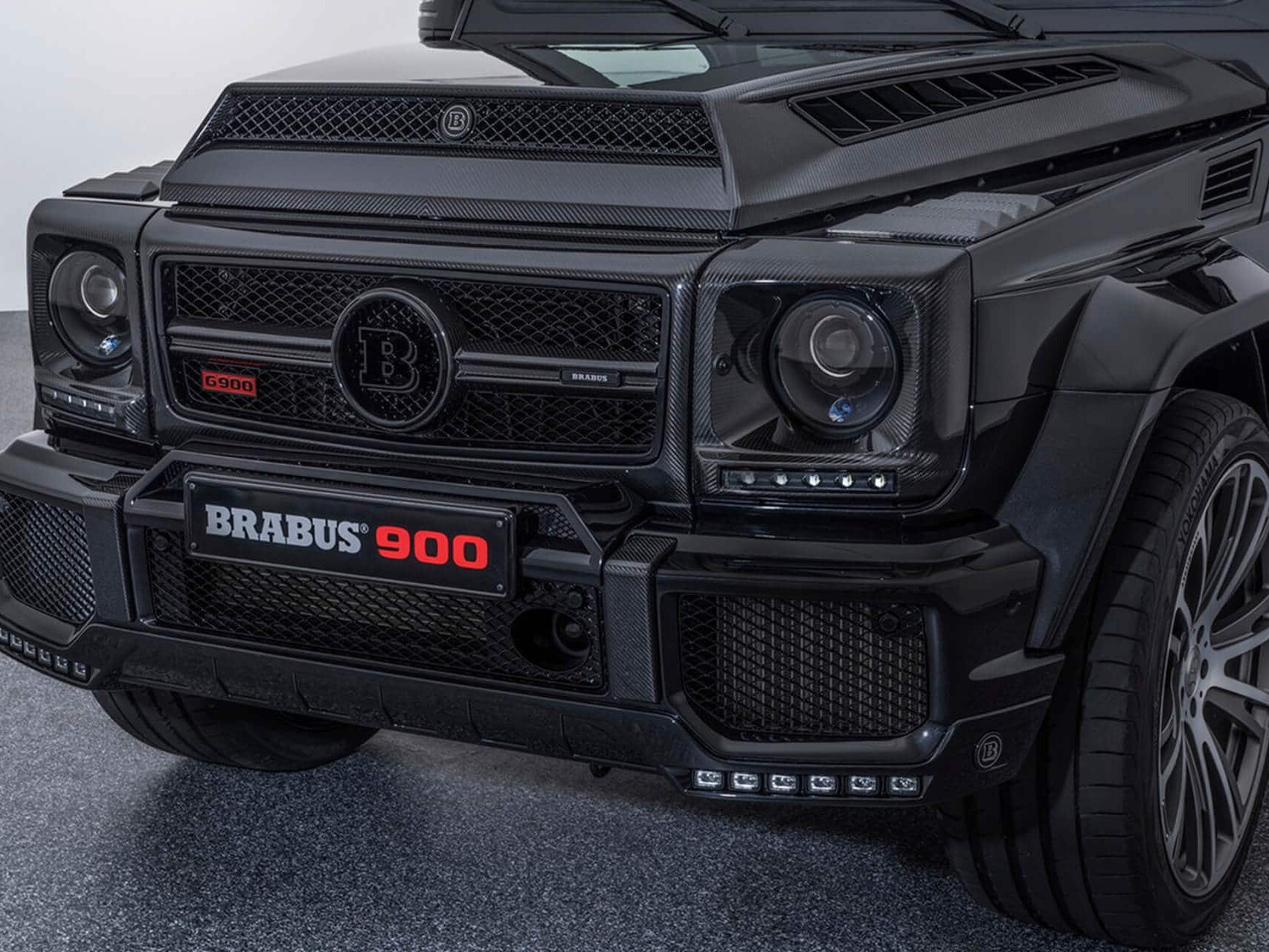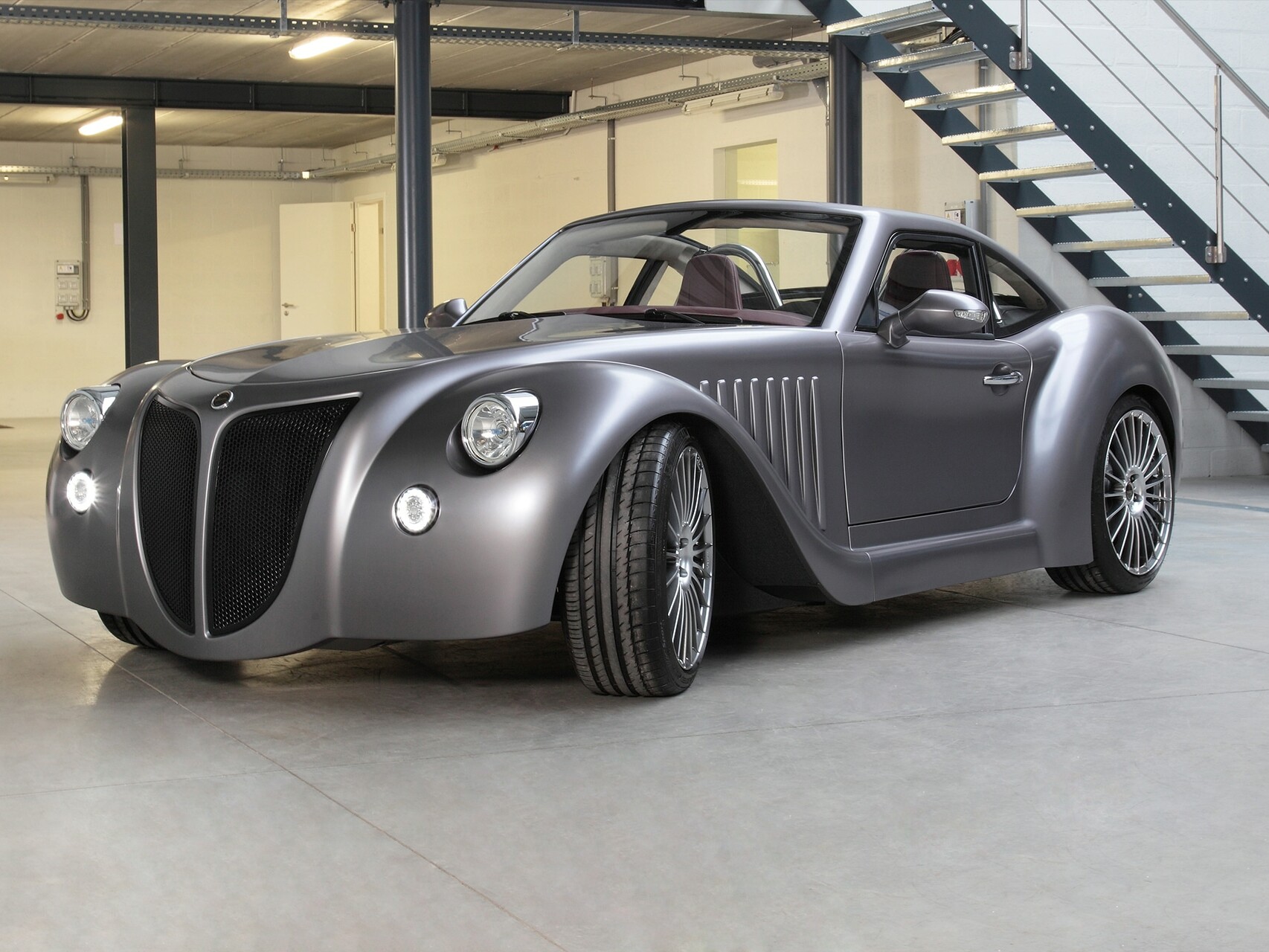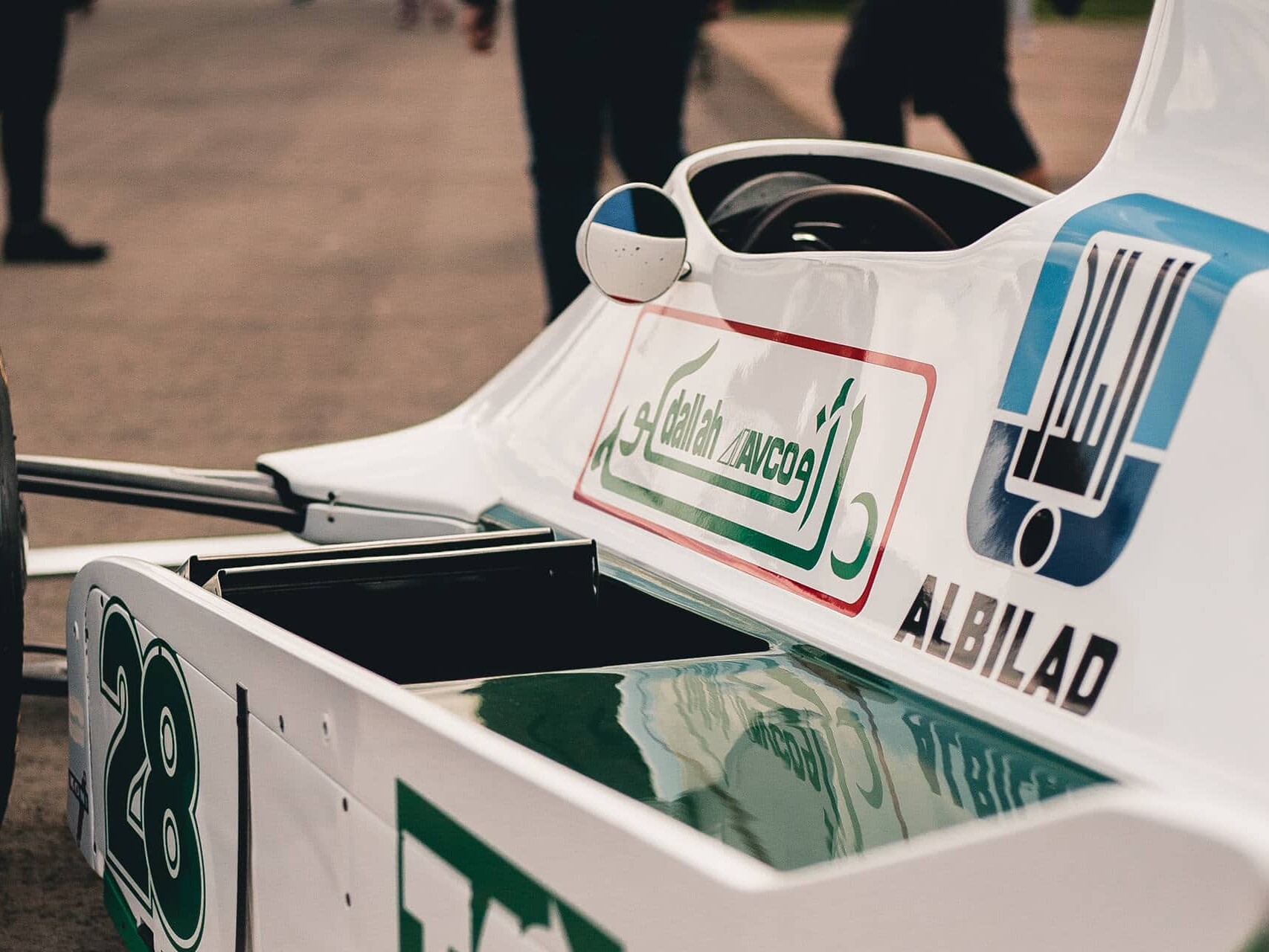- Home
- Case Studies
- Automotive
- Solar Velomobile Pedilio
Innovative solar-powered velomobile
made using industrial 3D printing
Fast and cost-effective: 3D sand printing in mold construction for CFRP laminate parts and thermoforming
Today, transport and e-mobility are generally associated with high energy and resource consumption. Air pollution, noise and stress are the side effects. A Radical change in this area is long overdue. And this is where Thomas Viebach’s vision comes into play. Viebach is the man behind pedilio, the first solar-powered velomobile (a cross between a bike and a car) made in Germany. The engineer believes that mobility should be free from noise and harmful pollutants.
“Technically, the solar-powered velomobile was already fully functioning, but I was only able to create the decisive feature for end-users with 3D printing,” explains inventor and engineer, Thomas Viebach. It was all about building the outer cladding for a prototype, as a harmonious connection to the weatherproof roof construction, made from robust but light CFRP (carbon fibre reinforced plastic). Engineer Viebach says: “As a start-up, I have to always keep an eye on costs and lead time. voxeljet’s on-demand part production was a perfect fit.”
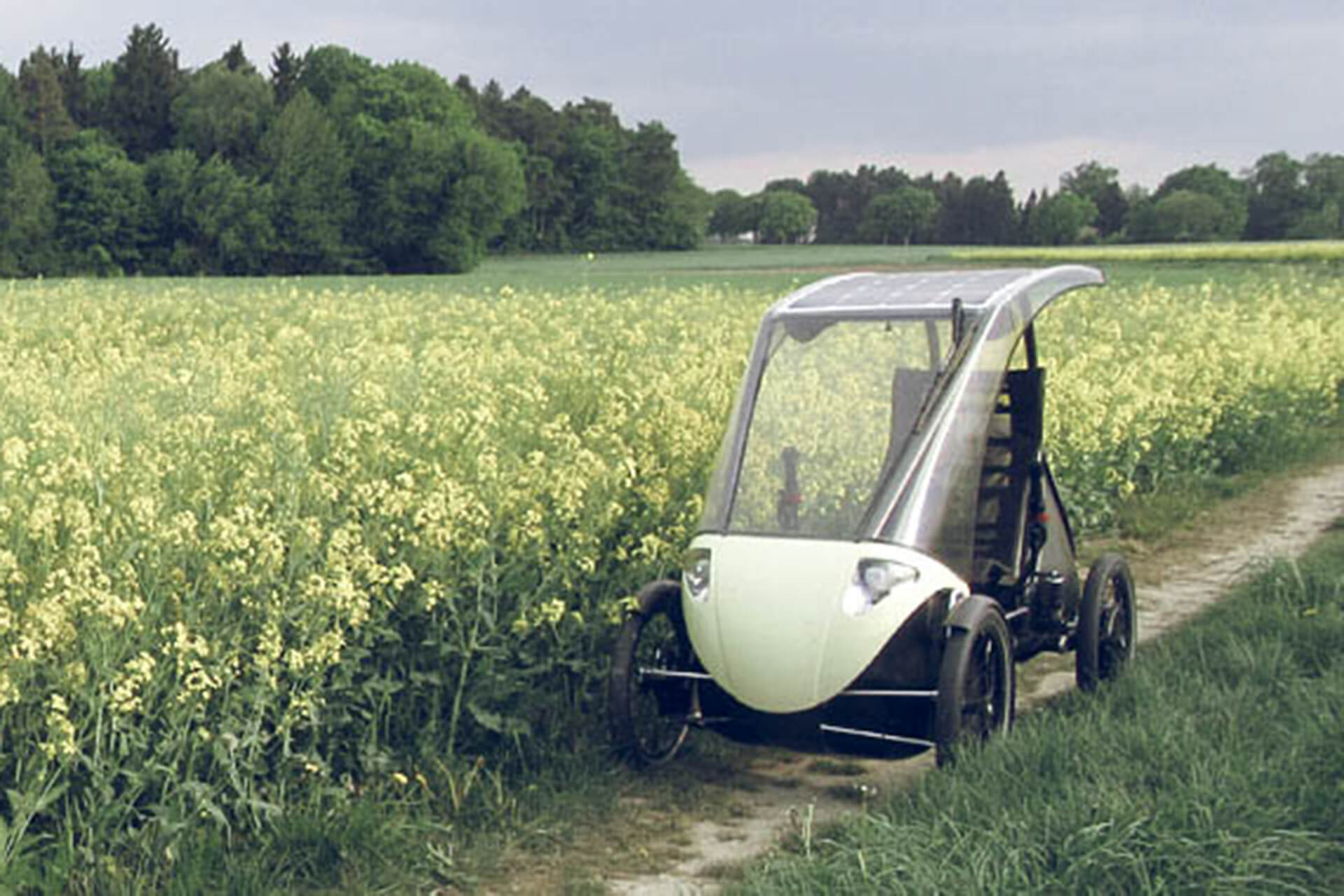
“Slowing down, enjoying your own feeling of movement and experiencing the use of freely available solar energy can all contribute to a better attitude towards life.” This is why, with the help of 3D printing expert voxeljet, he designed tools for the almost all-weatherproof bodywork using carbon fibre laminate for his futuristic vehicle, and made them into a reality using voxeljet’s On-demand 3D printing Service.
Facts about Pedilio
Thermoforming (Vacuum deep drawing)
Thermoforming, also known as vacuum deep drawing, has been widely used for many years in industrial applications due to its cost-effectiveness. As the tooling costs are virtually zero compared to traditional injection molding, thermoforming is particularly cost-effective for small and medium batch sizes.
3D printing in sand saves time and money
3D printing with sand offers the opportunity to transform even large-scale CAD models into real mold parts. Milling the large parts using sheet material would be significantly more expensive. Alternatively, Viebach could have made the models in the traditional method using wood and rigid foam, but this would have been much more time-consuming.
The industrial 3D printing that voxeljet offers, has huge benefits in terms of lead time and costs. The procedure is also equally suitable for creating thermofoming molds and laminate molds.
Thomas Viebach, Founder
Pedilio
For the pedilio prototype, I needed seven different casing parts in total, which we created using the fibre laminate procedure. For more comfortable handling, I asked voxeljet to print the master molds directly as positive molds, so that separable, lightweight negative molds could be created from this in an intermediate step.
Create complex geometries easily using voxeljet's 3D sand printing process
“The geometry of the storage compartment, for example, was something I designed together with the voxeljet On-Demand Printing Team using 3D CAD software. To ensure that the components for the storage compartment could be demolded at a later stage, the mold had to be designed in three parts.” For the lamination of the negative mold, Viebach added a wide overhang at the edge of the model. To save weight and costs, the mold pieces were printed hollow with reinforcement ribs on the inside. “Even this complicated geometry for the storage compartment was no greatchallenge for the 3D printing specialists at voxeljet,” Viebach recalls.
For infiltration, the inventor Viebach applied a low-viscosity epoxy resin several times, wet-on-wet, so that the surface of the mold was fully soaked in resin to ensure stabilisation. After sanding down and sealing the surface, the molds were ready to be used.
The voxeljet 3D sand printing process made it possible to print the master models for the fibre laminate parts directly from computer-modelled 3D data. At the next stage, I was then able to create easily manageable, lightweight negative molds using the voxeljet positive molds.
Thomas Viebach, Founder
Pedilio
Thermoforming (Vacuum deep drawing)
Thermoforming, also known as vacuum deep drawing, has been widely used for many years in industrial applications due to its cost-effectiveness. As the tooling costs are virtually zero compared to traditional injection molding, thermoforming is particularly cost-effective for small and medium batch sizes.
Thermoforming process for voxeljet sand molds
- Viebach infiltrates the parts with epoxy resin in order to increase the stability of surfaces, while still maintaining their permeability to ensure even Formation.
- The surface of the sand mold is then sanded down.
- The treated sand models could then be placed directly into the deep drawing machine.
- In order to keep the weight of the molds as low as possible, Viebach designed the sand molds hollow. However, in order to absorb forces applied during the thermoforming process, Viebach added reinforcement ribs to the inside of the molds.
- The molds can be reused several times.
- For the side and rear window elements, as well as the headlight housing from pedilio, Viebach converted crystal-clear, two-millimeter PET material.
About Pedilio
pedilio is a velomobile with particularly small outer dimensions for one person, providing a safe view at eye level with car traffic. pedilio is a sustainable alternative to cars. The majority of daily journeys are short trips carried out by only one person. If you need to run errands, the weather is bad, or the route is too long and tiring for a normal bicycle, then the velomobile offers users a huge range of advantages. With pedilio, inventor Thomas Viebach wants to make his vision of the pedal-electrically driven vehicle suitable for the masses a reality.
Further Case Studies
3D printing for optimized electric motors
Aiona Cast has filed a patent application to significantly optimize electric motors. The company produced a prototype using 3D printing.
Printed Castings – Optimized housing lets E-Motorcycle Batteries live longer
By using innovative technologies such as 3D printing, the prototype could soon go into series production.
Electric motor housing from the 3D printer
voxeljet 3D printing technology for producing cast parts for electric-mobility
Reverse engineering of a racing engine block
The Binder Jetting technology keeps a classic car on the road
Engine optimization with 3D printing
Vehicle technology manufacturer Lütgemeier increases flexibility and productivity using the voxeljet VX1000 3D printing system in order to supply the high-performance car tuning company Brabus
3D Printing in Reverse Engineering
In the oldtimer sector, more and more spare parts are being manufactured without tools using modern measuring technology in combination with 3D printing.
3D printing and its applications for racing
3D printing provides racing with the ability to quickly complete innovation cycles.
3D Printing Solutions
Want to learn more about us and 3D printing? Click here for the entire voxeljet solution portfolio.
